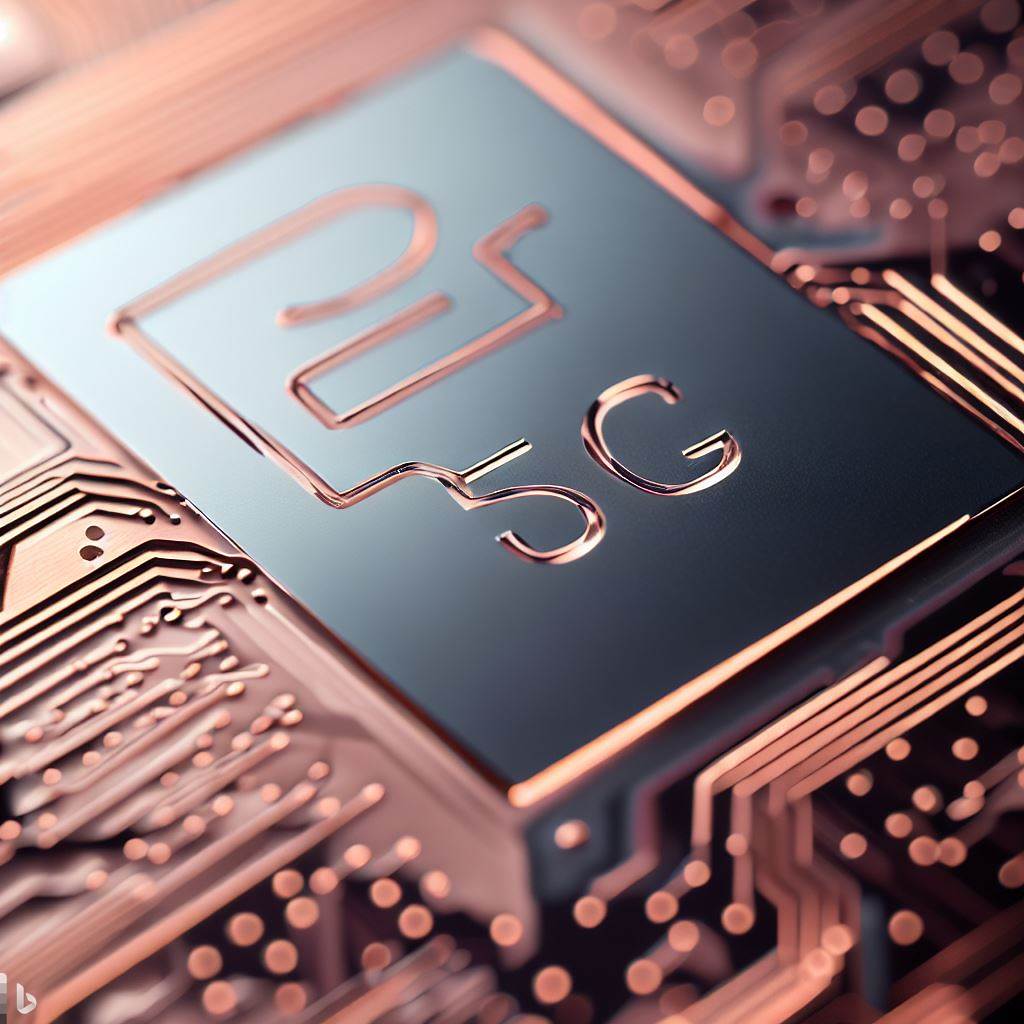Are you still worried about not finding suitable materials could reduce the Dk value of coating materials, ceramic components, composite materials,and CCL/FCCL etc...?
Kelly Chemical provides a variety of low dielectric constant(low Dk) materials to assist you in developing products that meet the trend.


With the rapid development of 5G high-frequency communication and the technological trend of the Internet of Everything in the future, reducing the dielectric constant(Dk) of electronic products and using low dielectric constant (Dk) materials has become an important means to reduce signal delay time.
As the name implies, low Dk materials refer to dielectric materials with low dielectric constant ε. Its dielectric constant can be classified as: ε>3.0, ε=2.5~3.0, and ε<2.2 (ultra-low Dk).
Low dielectric constant materials can be divided into two categories: inorganic substances and organic polymers according to their material characteristics. Inorganic powders have the advantages of high stability, low shrinkage and corrosion resistance, while organic resins have the advantages of diverse molecular designs and good processability.
Generally speaking, the ways to reduce the dielectric constant of materials are:
(1) Organic matter - reduce the polarization rate of the material, including electronic, ionic and molecular polarization rates, that is, select or develop materials with low polarization ability; by introducing fluorine atoms in the molecules, the polarization rate can be reduced, increase free volume, thereby reducing the dielectric constant of the resin.
(2) Increase the void density of the material, thereby reducing the density of the material (the number of polarized molecules N per unit volume), because the Dk of air is 1, so if the material density is lower, the volume of air covered is higher, which can effectively reduce the Dk value. For dielectric materials, in addition to having a low dielectric constant, other properties also have to meet the requirements of antenna materials and flexible circuit boards for dielectric materials, such as good thermal stability, low moisture absorption, good mechanical properties, low thermal expansion coefficient and other characteristics.
Below we introduce a few low dielectric constant Low K materials.


(1) Hollow glass beads, hollow acrylic beads, hollow silicon dioxide (dielectric constant between 1.4-2.6)
Silicon dioxide SiO2 has good mechanical and thermal stability, low dielectric constant (ε≈4.0), and good compatibility with silicon wafers. It has been used as a dielectric insulator material inside semiconductor wafers for a long time. To solve the problems of increased RC delay, crosstalk and power consumption in the circuit due to the gradual increase of device integration in the chip, introducing air gaps into silicon dioxide to prepare porous silicon dioxide or hollow silicon dioxide is one of the most effective methods to reduce the dielectric constant. In addition, there are also high-function hollow particles made of cross-linked urea-formaldehyde resin, which have very low Dk values.
Hollow glass beads-(Further reading: What are the suitable materials for Low K product development? Hollow glass beads meet your needs!!)
Advantages - the price is relatively affordable, high strength
Disadvantages - relatively large particle size (5um-110um), unable to withstand high temperature process
Recommended applications-copper foil substrate CCL, flexible board FCCL, antenna, modified plastic
Hollow acrylic beads-
Advantages - high toughness, high strength, high light diffusion, moderate particle size (1um-12um)
Disadvantages - high price, unable to withstand high temperature process
Recommended applications-copper foil substrate CCL, flexible board FCCL, antenna, modified plastic
Hollow silica-(Further reading: Nano hollow silica(SiO2)-5G Low K, heat insulation, low reflection AR film material )
Advantages - extremely small particle size (<1um), can withstand high temperature process (900°C)
Disadvantages - high price, difficult to disperse
Recommended application-ceramic components, film materials for electronic components
(2) Special low dielectric epoxy resin, special low dielectric polyurethane acrylic resin
Traditional epoxy resins have excellent adhesion, high mechanical strength, low curing temperature, excellent heat resistance and solvent resistance, low shrinkage after curing, and good electrical insulation properties, etc...They are widely used in electronics,composite materials, but its high dielectric constant value (about 3.7) also limits its application in 5G. Through molecular synthesis design, we provide DCPD phenol type/DCPD modified/PPE based special epoxy resin, The dielectric constant K value can be reduced to about 2.8-3.2, and it also has a relatively low Df value (0.01-0.02)
The molecule of polyurethane acrylate (PUA) contains acrylic functional groups and urethane bonds. The cured adhesive has high wear resistance, adhesion, flexibility, high peeling strength and excellent low temperature resistance of polyurethane, and also has excellent optical properties and weather resistance of polyacrylate. It is a light-curing material with excellent comprehensive properties. It is most commonly used as the development of OCA adhesive. We provide special low dielectric constant polyurethane acrylate, which has a hydrogenated polybutadiene skeleton and is hydrophobic high performance, excellent low water absorption, Dk is only 2.25, Df is 0.0039.
#Low dielectric epoxy resin #Low K #Low CTE #CCL #Low dielectric polyurethane acrylic resin
#Low dielectric filler #hollow glass beads #hollow silicon dioxide #hollow acrylic beads
#Low dielectric #5G #high frequency



